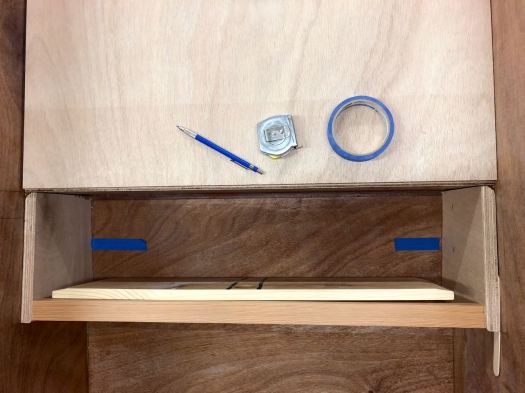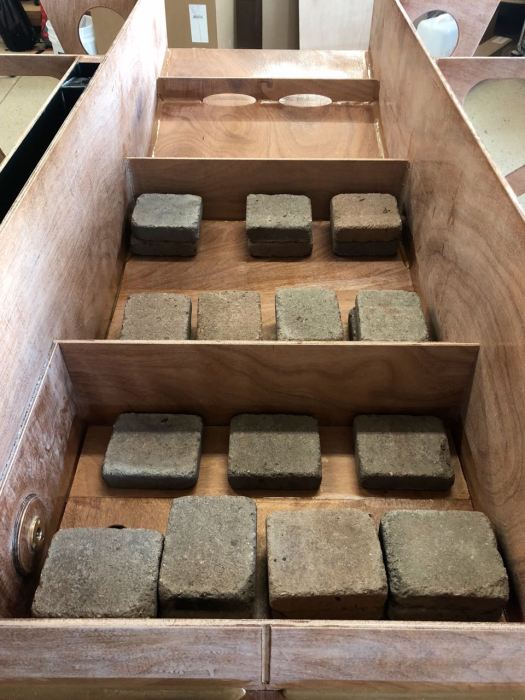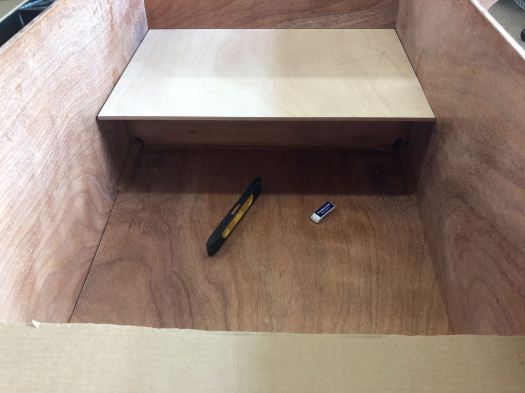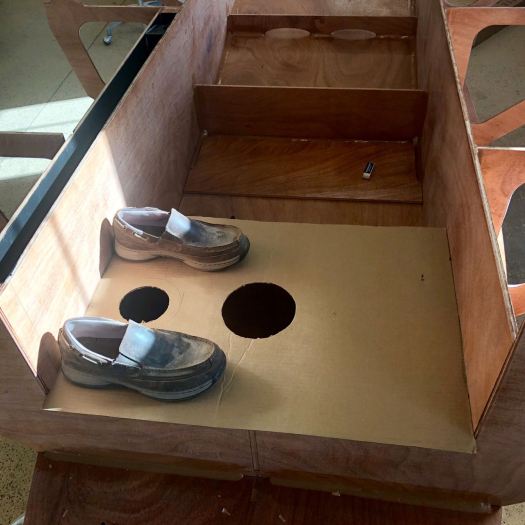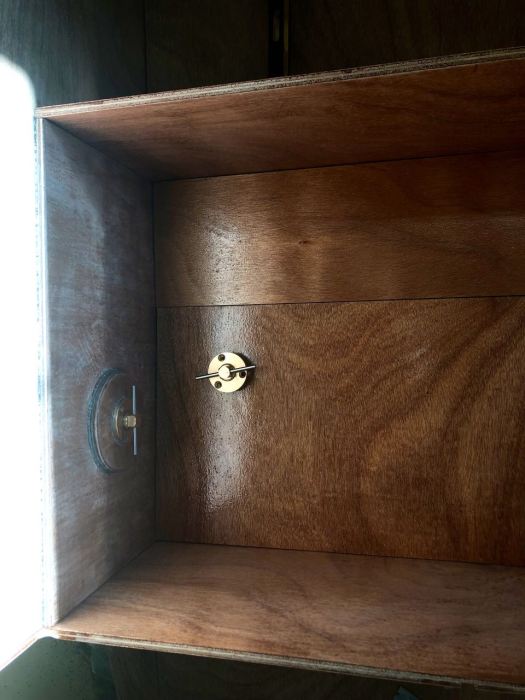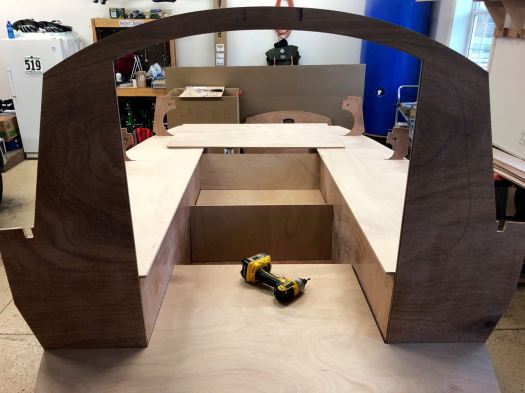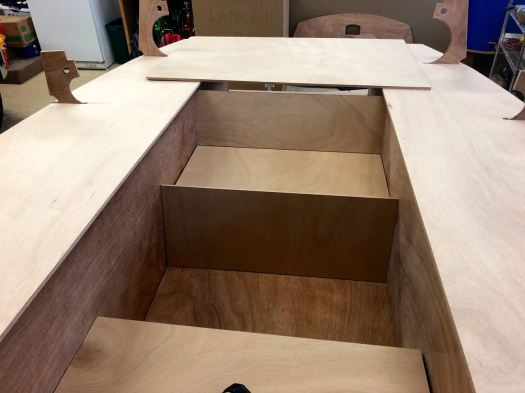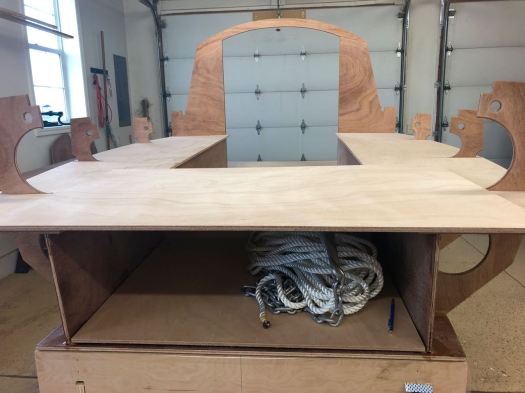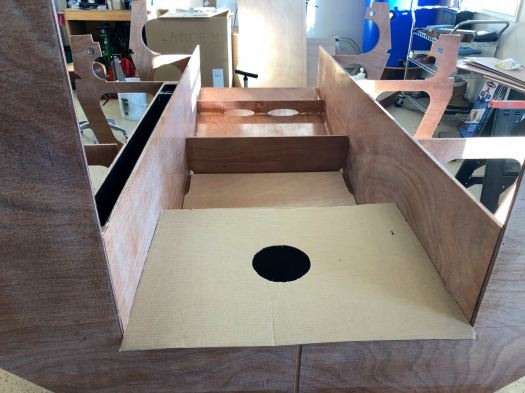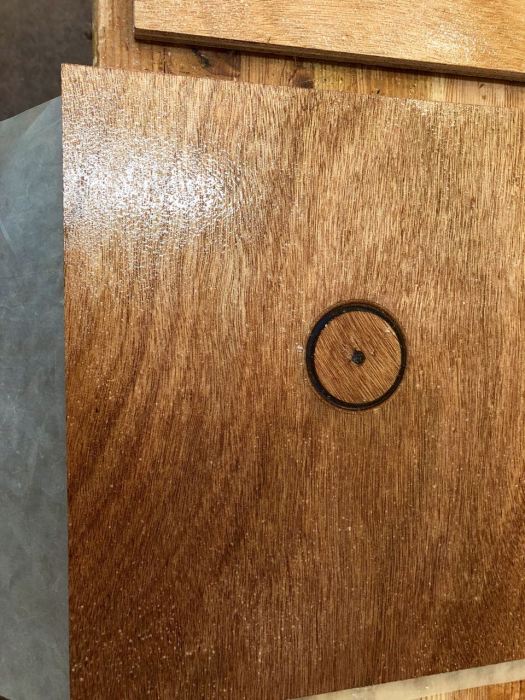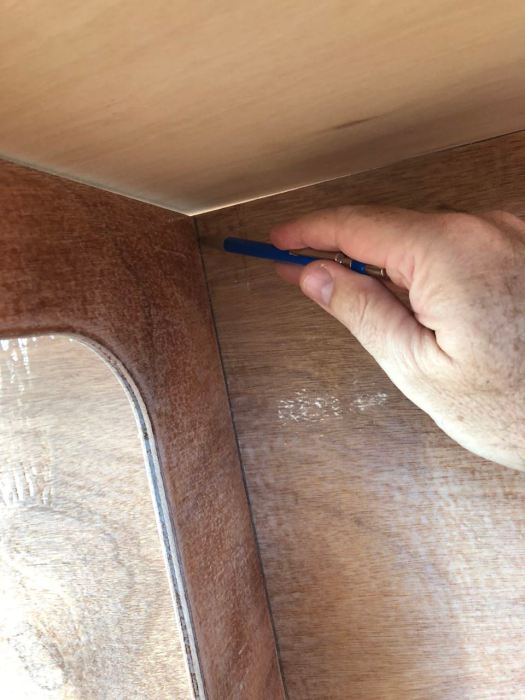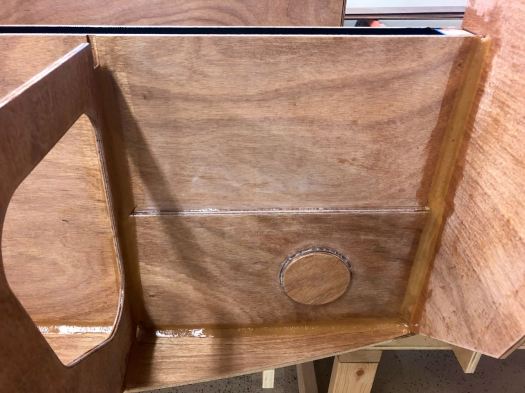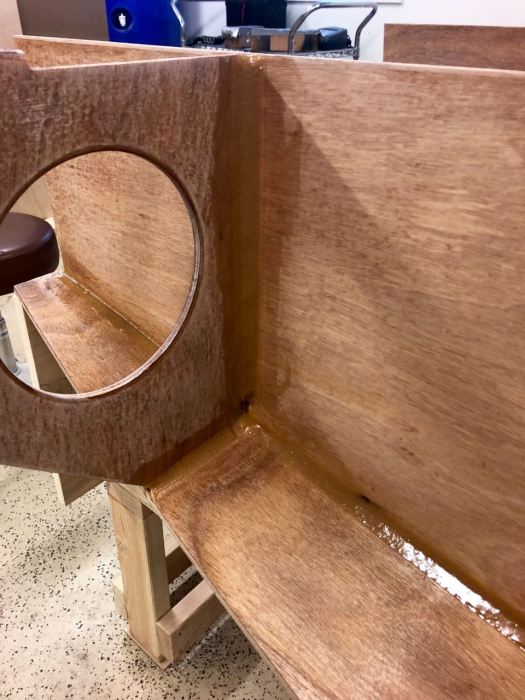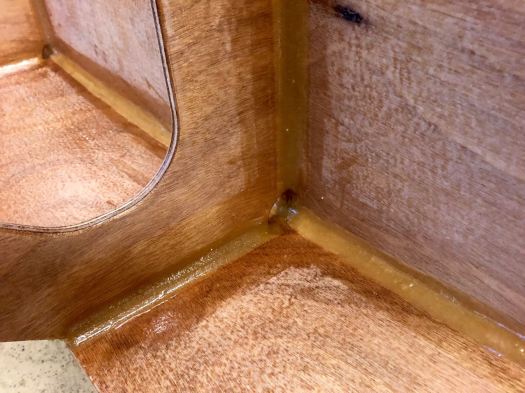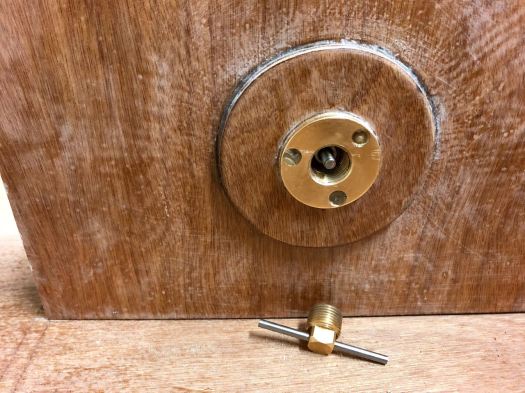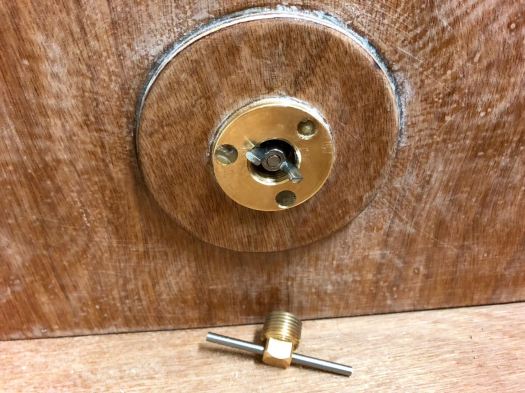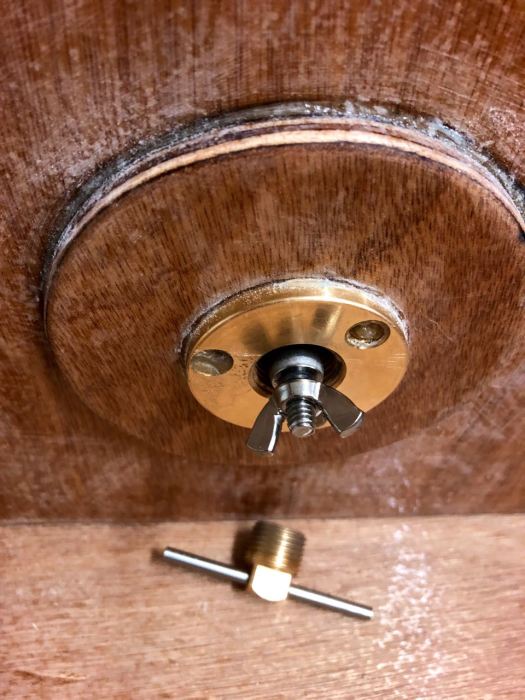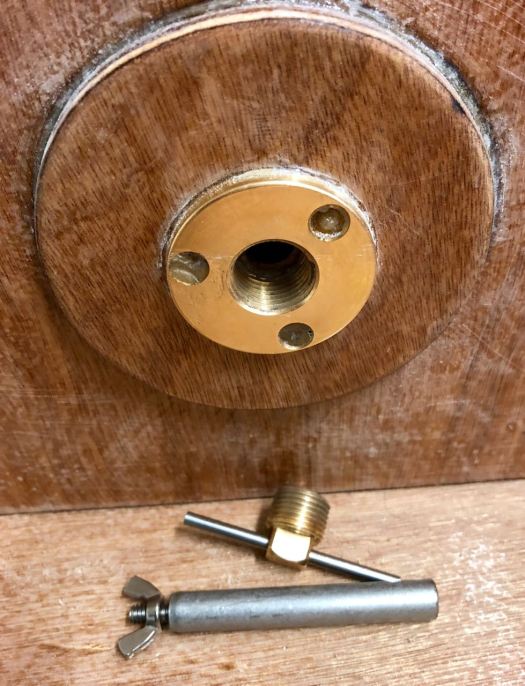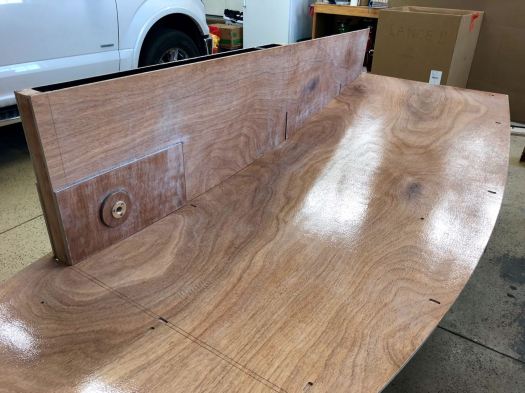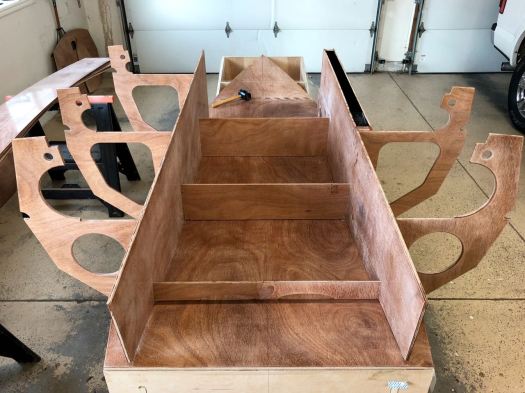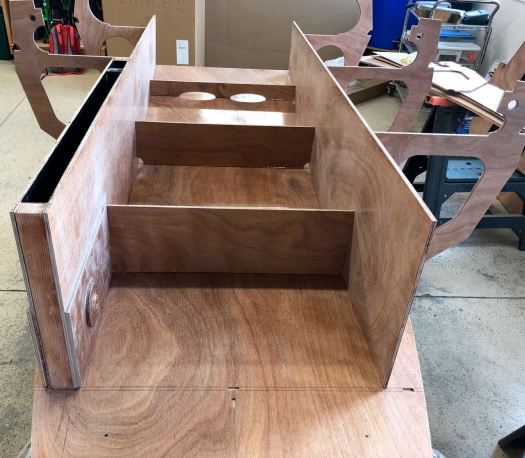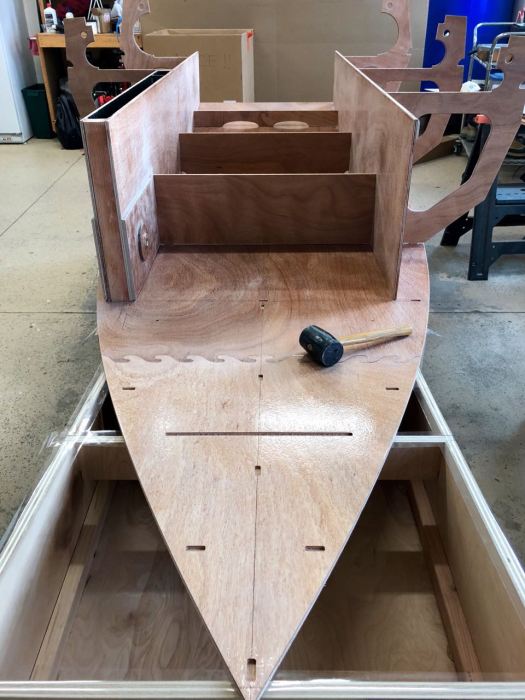I love a wood burning fire. I love the look, the smell and the soul warming heat. But, we don’t always have room for a wood burning stove. Sometimes we’re in a small nylon tent, a small sailboat or even a snow cave. When these situations arise, what do you use for heat?
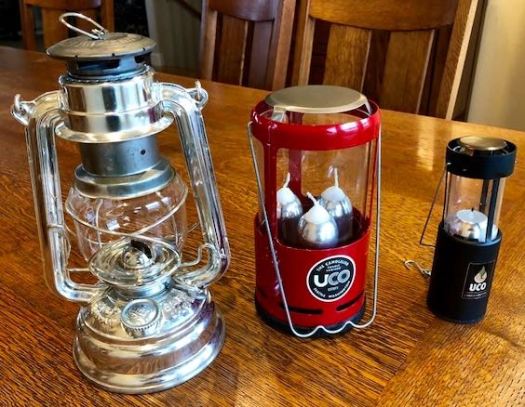
I love all 3 of the above items for slightly different reasons. Let’s discuss the good, the bad and the ugly:
Let’s start by describing both ends of the spectrum:
First Up: The Feuerhand Baby Special #276.
This is the official Scamp logo lantern. I bought 4 of these lanterns before I even knew anything about the Scamp sailboat. But, destiny was alive and well, for when I discovered the small sailboat using this exact same lantern that I had grown to love for their logo, I knew something special was about to happen.
The Good: They’re high quality built in Germany lanterns. They burn a long time. Like, I’m not sure how long, but a long time. They’re very wind resistant. They get wider at the base for increased stability. There a joy to use and set next to you during the evening to unwind.
The Bad: Not really bad, but rather a limitation of any liquid fueled lantern, if the lantern is left on it’s side, the oil will spill out. This isn’t a problem on your deck or nightstand, but it is on your sailboat. I use this lantern around the house for mood lighting and for power outages.
Next Up: The UCO Candle Lantern:
This single candle lantern has worked well for me in a small 2 man backpacking tent. It’s light weight and diminutive size make packing a breeze. It brings ambience into an otherwise cool and dark tent, lightening spirits and providing a noticeable degree of warmth.
The Good: Lightweight, small, burns for 9 hours on a single candle. Easy to light with the retractable glass mantle.
The Bad: Limited light and heat output. Enough for a small backpacking tent but not much more.
Up Next: The UCO Candlelier:
I’ve been brooding over this purchase for some time, but finally decided to pull the trigger. This 3 candle design from UCO might just well be the ticket for your 3 man tent and or your Scamp sailboat. During a fall overnighter on Shackleton (Scamp sailboat), I took the single burner UCO Candle Lantern and a Mr. Buddy Heater. The single candle wasn’t enough heat, and the Mr. Buddy Heater was way too much heat. The literature for the UCO Candlelier states it gives off a whopping 5,000 BTU, plus now I have 3 distinct heat settings.
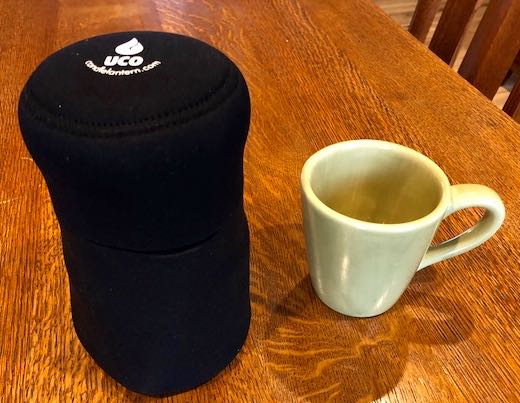
The neoprene cocoon protects the lantern during transport. This lantern is about the size of a 1 liter nalgene bottle.
Advantages of paraffin wax as a heat source when voyaging:
- Paraffin won’t spill out of the lantern.
- Paraffin won’t leak from it’s storage container.
- Paraffin stores and transports easily without any special considerations.
- Paraffin is virtually odor free.
- Paraffin UCO candles last 9 hours.
- The 3 candle lantern allows three different heat settings: High, medium and low.
I just received my UCO Candlelier today via UPS. I have high hopes that this larger, 3 burner candle lantern will be just the ticket for Hagoth, my Skiff America and my Hilleberg Nammatj 3 man tent. Based on my experience with the single candle lantern, I think I’m going to love this larger, hotter design.


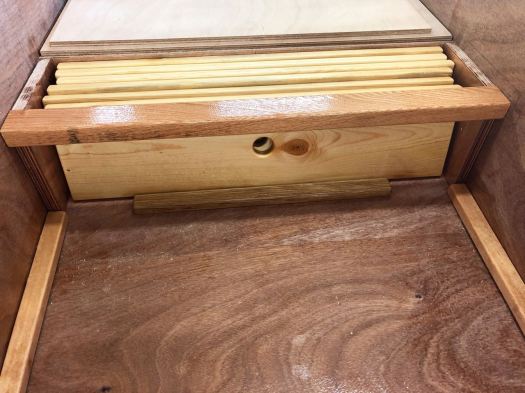



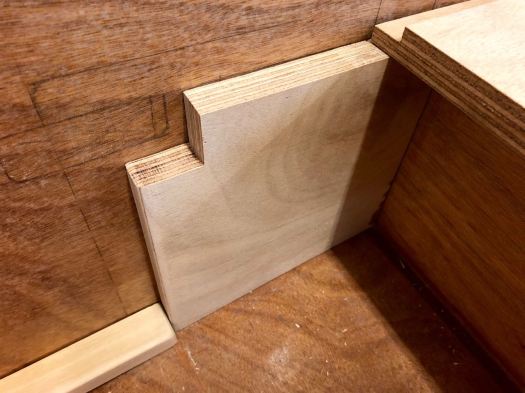
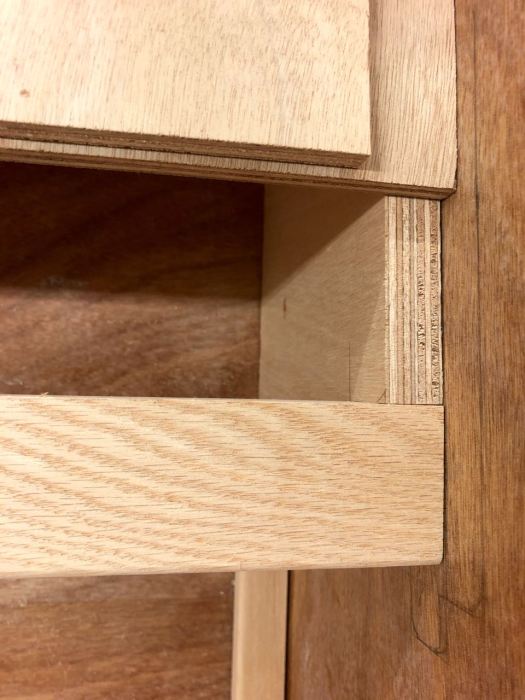
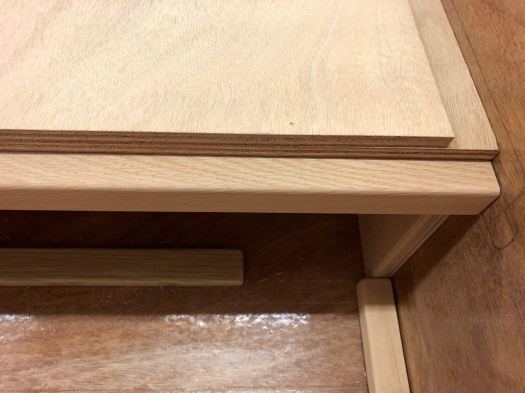
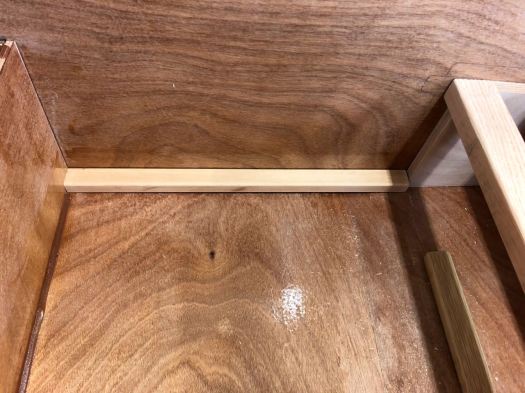
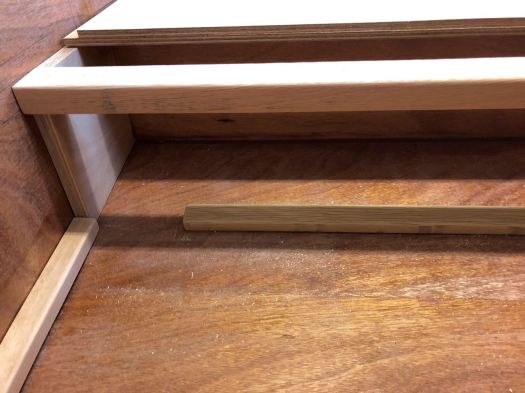
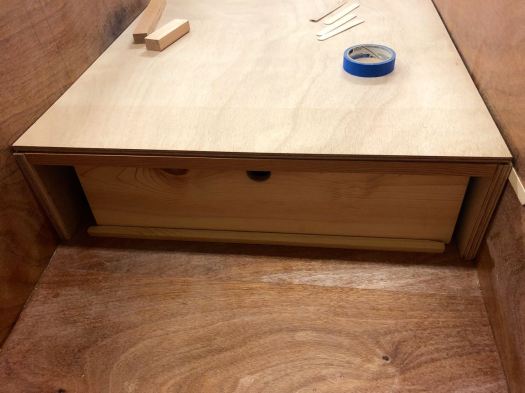 This is roughly how the finished product will appear (with less gap on the sides). This is an 18.5″ footwell, but along the aft edge, you see filler boards. The bottom 1/2″ cleat keeps the boards from spilling forward. The top cleat stiffens the cockpit sole and provides a stop for the filler boards to rest against.
This is roughly how the finished product will appear (with less gap on the sides). This is an 18.5″ footwell, but along the aft edge, you see filler boards. The bottom 1/2″ cleat keeps the boards from spilling forward. The top cleat stiffens the cockpit sole and provides a stop for the filler boards to rest against.